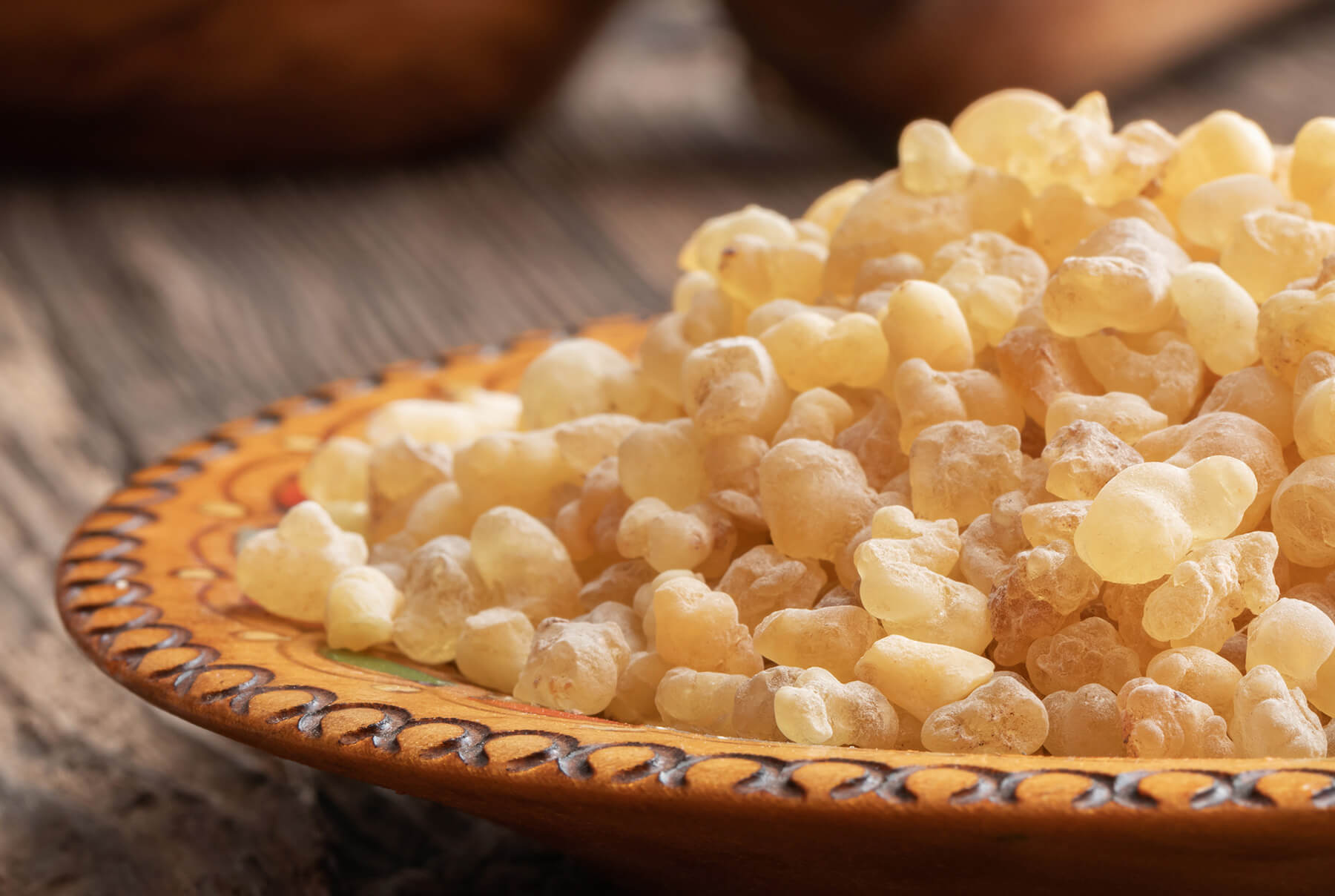
A story of Kings and Incense…
As Christmas nighs, time is come to linger a little more on one of the most emblematic raw material of this feast which happens to be the cornerstone of our latest creation – frankincense. A rare good, mythical, too often misunderstood and too little known, frankincense is however the very origin of perfumery. Such is the story we are bound to tell today, so that we may go back to the meaning of the Three Magi’s gift on the occasion of Christ’s nativity.
Frankincense. The word itself says a lot. Originally from the Latin incandere – which gave us candle – incense designated any resin or plant meant to be kindled, amongst which the one we now know as frankincense but that is also called olibanum, a name that informs us of the origins of the resin. Olibanum comes indeed from the triconsonantic root lbn which, in Semitic languages, gave birth to a bundle of words related to whiteness and seeping such as Lebanon or « laban », the Arabic word for milk.
It is because olibanum is the sap of the Boswellia Sacra, a mythical tree – Ancient Greeks believed it to tbe the reincarnation of the princess Leucothoe – known for its incredible propensity to grow in hostile terrains such as the high plateaus of Dhofar in Oman, whence it first grew. After scarring the bark of the tree, harvesters collect drops of milky sap hardened by the scorching heat of its endemic latitudes. These so-called « tears » made the worth of dhofari and himyarite kingdoms, spurred the creation of the Incense Route and motivated, as some historians believe, the eastern expansion of the Roman Empire so as to control its trade.
As far as History goes, frankincense partook in it. While the earliest textual reference mentioning frankincense dates back to the Ebers Papyrus in the 16th century BCE, some Sumerian tablets suggest an even earlier use, bearing testament to the fascinating power this resin, and its minty, sappy and lemony scent, have held over humanity.
It is interesting to note that frankincense was as much used for its scent as it was for its therapeutic benefits. The Ebers Papyrus was indeed naught by a pharmaceutical treaty. Nowadays, frankincense still holds such medicinal role and it is common in Oman to infuse water with it, burn it to cleanse respiratory tracts or simply eat it as is to cure certain mouth or stomach-related ailments.
What of the Three Magi then? What did frankincense mean compared to gold and myrrh? Was its presence due to its olfactory proprieties or only so that it would cure the illnesses of a woman after childbirth?
One must here understand how the Elders saw frankincense. Of all incenses, frankincense was always deemed the best, hence its name frank-incense, that is – the real incense. However, its occurrence during the Adoration of the Three Magi owed less to its financial value, higher than gold, than it did to its symbolic one.
Ancient Egyptians believed indeed that plants and their scents were divine exsudations and frankincense was thought to be the tears of Ra. This conception, of a sap being the palpable manifestation of an invisible deity, is crucial to comprehending the role of frankincense in judeo-christian religions and in the broader history of perfumery. As we said, perfume and incense are closely linked as perfume comes from the Latin perfumum meaning through the smoke. Perfume, and especially that of frankincense, thus enabled, by making it visible, to experience divinity, whether it be that of Ra, or Yahweh or of the Holy Trinity.
By offering to Christ, the Three Magi symbolically recognised his nature as the son of God while the gold figured his royalty – as the direct heir of king David – and myrrh prefigured his crucifixion, since it was extensively used in embalming rituals.
Such is the episode that would change the course of the history of perfumery. By anchoring frankincense and its fragrance in Christ’s divinity, the Church would circumscribe it to a strictly holy and liturgical role and the art of perfumery, that is blending plants and their fragrances, would remain the prerogative of monks, safekeepers of an ancestral and God-inspired pharmacopy of which the Chartreuse Elixir is a vestige.
Our Encens Roi thus draws inspiration from this multi-millennial history. Blending suave notes of Oud and Saffron evoking the incense rituals of Arabia, with colder notes of Olibanum Resinoid and Chamomile reminisicing the incense of gothic churches, Encens Roi is the quintessence of a scent that has bewitched humanity since its first awakening…

Awake your inner sleeping King and gift yourself divinity itself with Encens Roi, our latest creation. A quintessential incense fragrance, suave and smoky, brimming with a sensuality stitched with a milky and addictive White Cacao and a sillage as ever-lasting as frankincense itself…

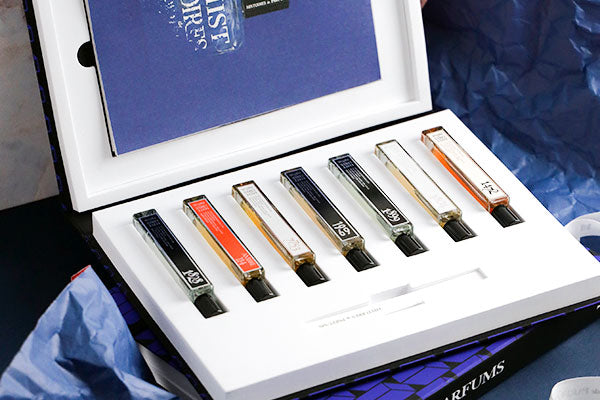
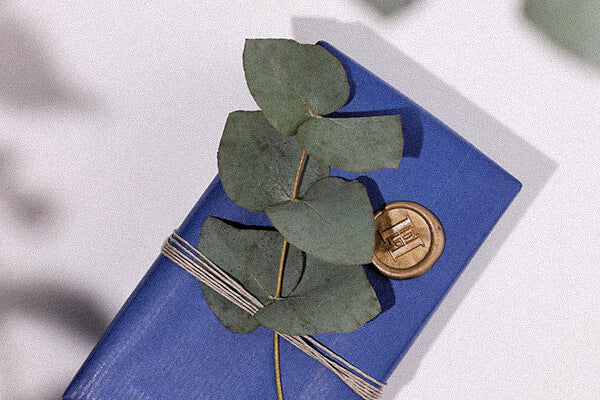
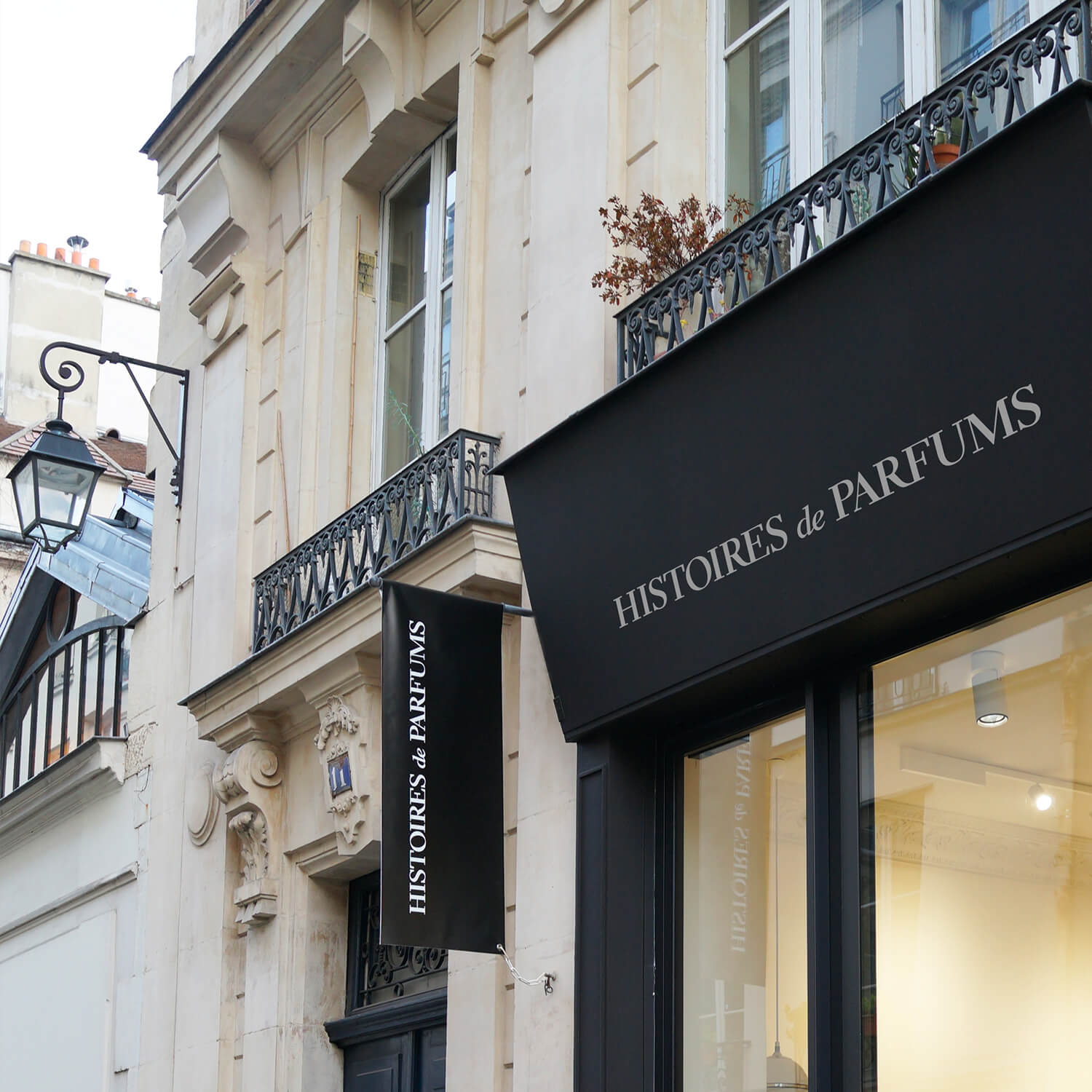
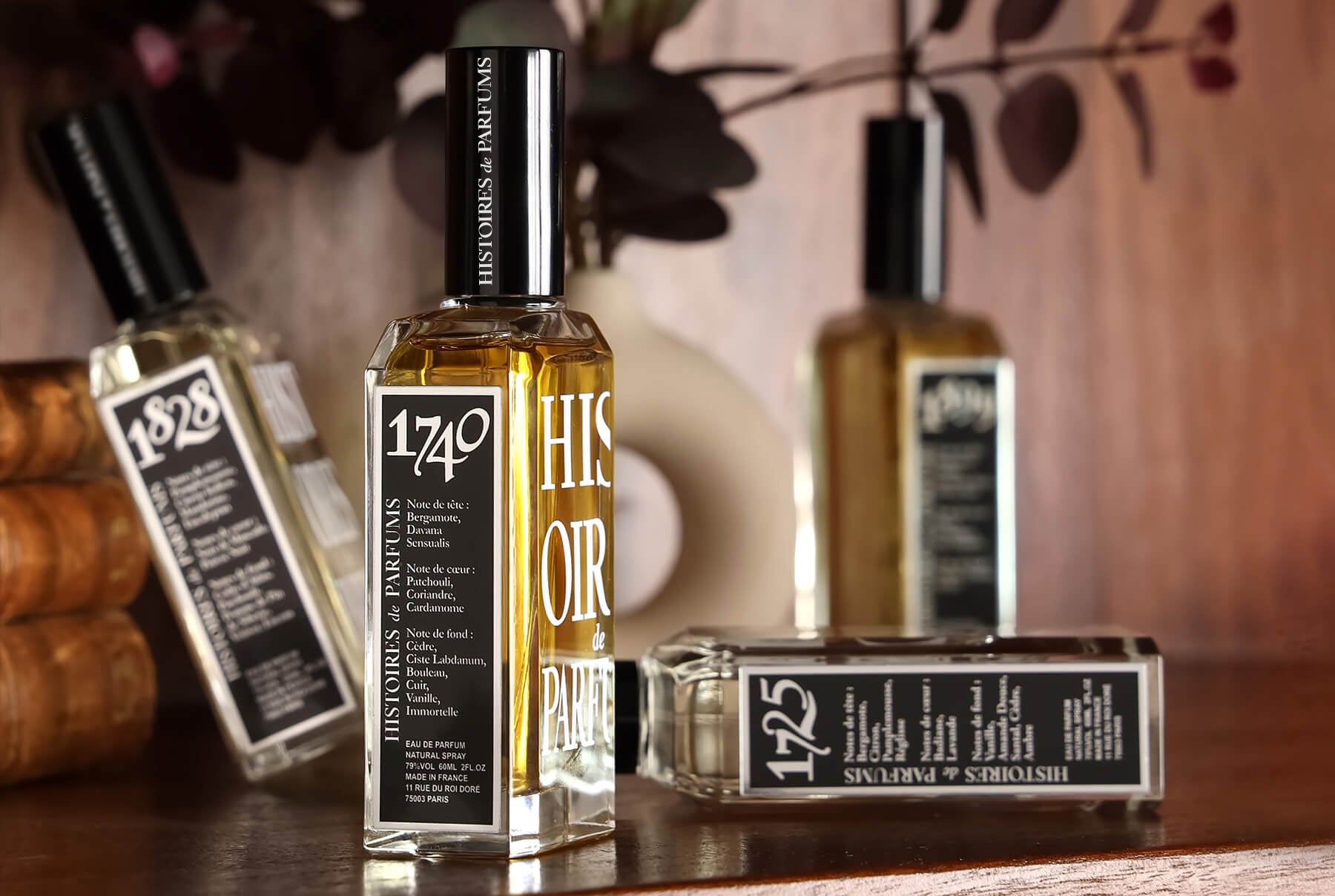

Leave a comment
This site is protected by hCaptcha and the hCaptcha Privacy Policy and Terms of Service apply.